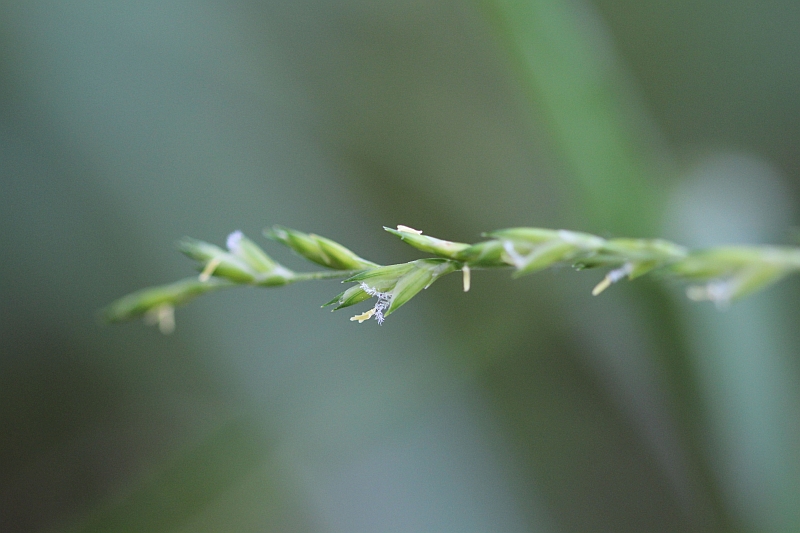Settling velocity and pollination dynamics in Diarrhena obovata, a grass of temperate forest edges and understories
DOI:
https://doi.org/10.26786/1920-7603(2022)683Keywords:
Settling Velocity, terminal velocity, Poaceae, Pollen, AnemophilyAbstract
Pollen from a naturally occurring population of the forest grass species Diarrhena obovata was successfully captured in a series of pollen traps to understand the timing of anthesis and the dispersal mechanics of wind pollination in an example of the flowering plant family Poaceae. Scanning electron microscopy was used to identify the pollen surface ornamentation as microechinate-areolate. The spherical grains have a diameter of 38.74 μm. The settling velocity calculated by Stoke’s Law was 4.48 cm s-1, but physical measurement by drop tower experiments resulted in 3.77 ± 0.15 cm s-1 (sd). The surface ornamentation observed in D. obovata pollen is not expected to alter drag forces considerably but the reduction of settling velocity may be a result of species-specific pollen grain density. In forest grasses an improvement in settling velocity may be adaptive in overcoming dispersal constraints in an environment where trees obstruct wind speeds and create more turbulence.

Downloads
Additional Files
Published
How to Cite
Issue
Section
License
Copyright (c) 2022 Phillip Klahs

This work is licensed under a Creative Commons Attribution 4.0 International License.











